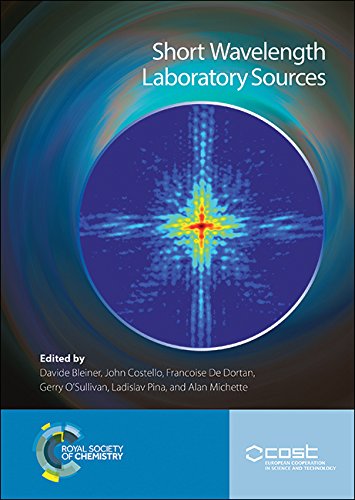

Most ebook files are in PDF format, so you can easily read them using various software such as Foxit Reader or directly on the Google Chrome browser.
Some ebook files are released by publishers in other formats such as .awz, .mobi, .epub, .fb2, etc. You may need to install specific software to read these formats on mobile/PC, such as Calibre.
Please read the tutorial at this link: https://ebookbell.com/faq
We offer FREE conversion to the popular formats you request; however, this may take some time. Therefore, right after payment, please email us, and we will try to provide the service as quickly as possible.
For some exceptional file formats or broken links (if any), please refrain from opening any disputes. Instead, email us first, and we will try to assist within a maximum of 6 hours.
EbookBell Team

0.0
0 reviewsOur ability to manipulate short wavelength radiation (0.01-100nm, equivalent to 120keV-12eV) has increased significantly over the last three decades. This has lead to major advances in applications in a wide range of disciplines such as: the life and medical sciences, including cancer-related studies; environmental science, including studies of pollution and its effects; archaeology and other cultural heritage disciplines; and materials science. Although expansion in application areas is due largely to modern synchrotron sources, many applications will not become widespread, and therefore routinely available as analytical tools, if they are confined to synchrotrons. There is a need to develop bright but small and low cost X-ray sources, not to replace synchrotrons but to complement them and this book will look at how to facilitate these developments.
Written by a distinguished team of international authors, this book is based on the COST Action MP0601: Short Wavelength Laboratory Sources. The contents are divided into five main sections. the introductory section provides a comprehensive introduction to the fundamentals of radiation, generation mechanisms and short wavelength laboratory sources. The middle sections focus on modelling and simulation, source development: improvement and characterisation and integrated systems: sources, optics and detectors. The final section looks at recent applications.
Aimed at academic and industrial researchers in physical chemistry and chemical physics, the contents provides practical information about the implementation of short wavelength laboratory sources and their applications.